As environmental awareness grows globally, homeowners are increasingly exploring eco-friendly solutions for everyday systems, including septic systems. These systems play a critical role in managing household wastewater where municipal sewage lines are unavailable. Adapting these systems for environmental sustainability is vital, given their widespread usage and potential ecological impacts. Understanding and implementing greener practices not only aids in conserving natural resources but also mitigates environmental pollution. More than four billion gallons of wastewater are dispersed below the ground’s surface every day, according to the EPA. This article delves into eco-friendly septic solutions, offering actionable insights into maintaining a greener septic system.
A shift towards eco-friendly septic solutions involves rethinking the design, operation, and maintenance of septic systems. With billions of gallons of wastewater processed daily around the world, even small changes can have significant environmental benefits. Embracing sustainable practices can lead to healthier ecosystems and long-term financial savings for homeowners. This comprehensive guide breaks down essential components and strategies to ensure your septic system is as eco-friendly as possible. By understanding the intricacies of these systems and how they impact the environment, we can promote a more sustainable future.
New technologies and innovative designs are at the forefront of transforming traditional septic systems into eco-friendly setups. From choosing sustainable materials to leveraging solar power, modern solutions are geared towards reducing the carbon footprint of everyday activities. These advancements are not only crucial for individual households but also beneficial for wider community initiatives. Through education and awareness, communities can foster a culture of environmental responsibility, encouraging more people to adopt greener septic solutions. As we explore these options, consider both the immediate and long-term impacts on our planet.
Understanding the Basics of Septic Systems
A septic system is an underground wastewater treatment structure, commonly used in rural areas without centralized sewage systems. It consists of a septic tank and a drainfield, also known as a leach field. Wastewater from the home flows into the septic tank, where it is separated into three layers: solids that settle to the bottom, clarified water in the middle, and oils and grease on top. Bacteria in the septic tank break down the solid waste, reducing its volume. The partially treated water then travels to the drainfield for further treatment by soil-based processes.
The effectiveness of a septic system largely depends on its design, size, and maintenance practices. Properly functioning septic systems help protect water quality by efficiently treating sewage before it enters the groundwater. Regular inspections and maintenance are necessary to keep the system working effectively, as failures can result in costly repairs and environmental damage. Moreover, the choice of materials and the design of the system play crucial roles in its operational success. When correctly managed, septic systems can be an environmentally friendly option for wastewater treatment.
However, traditional systems face several challenges, particularly concerning their environmental impact. For instance, if not properly maintained, septic systems can leak or overflow, releasing untreated wastewater into the environment. This can contaminate local water sources, posing health risks to both humans and aquatic life. The Environmental Protection Agency (EPA) notes that more than four billion gallons of wastewater are dispersed below the ground’s surface every day, emphasizing the significance of proper septic system management to safeguard natural water resources. By understanding and addressing these challenges, we can enhance the sustainability of septic systems.
How Traditional Septic Systems Impact the Environment
Traditional septic systems, while essential, can pose significant environmental risks if not correctly maintained or updated. The primary environmental concern stems from the potential for water contamination. If a septic system fails, untreated wastewater can leak into nearby soil and groundwater, introducing pathogens and pollutants. This not only affects water quality but also adversely impacts local flora and fauna. Preventing leaks through regular inspections and maintenance is crucial for safeguarding the environment.
Another significant impact of conventional septic systems is the emission of greenhouse gases. As organic material decomposes anaerobically in the septic tank, it releases methane, a potent greenhouse gas. In efforts to mitigate climate change, reducing methane emissions from septic systems is essential. Transitioning to systems designed to minimize these emissions can significantly reduce their environmental footprint. Implementing eco-friendly practices and modern technologies can greatly decrease the adverse environmental impacts associated with septic systems.
The cumulative effect of numerous traditional septic systems can have noticeable negative impacts on local ecosystems. This is especially concerning in areas with high population densities relying on septic systems. Improperly managed systems can lead to nutrient overload in water bodies, contributing to issues like eutrophication. By understanding these environmental implications, homeowners can make informed decisions to upgrade or modify their systems towards more sustainable alternatives. Comprehensive solutions include redesigning systems to better integrate with the natural environment.
The Importance of Regular Maintenance
Regular maintenance is critical for both the functionality and environmental safety of a septic system. Without proper care, systems can fail, leading to costly repairs and environmental hazards. A key aspect of septic maintenance involves periodic inspection to assess system condition and identify potential issues early. These inspections should be conducted by professionals who can ensure all components are functioning as intended. Regular pumping of the septic tank is another essential maintenance task, preventing solids from overflowing into the drainfield.
Maintenance practices should be tailored to accommodate both seasonal changes and usage patterns. Homeowners should be aware of factors that impact system performance, such as increased water usage during certain times of the year. A well-maintained septic system effectively reduces the risk of water contamination and extends the system's lifespan. Moreover, efficient maintenance practices can significantly lower long-term operational costs. These ongoing efforts contribute to a reduced environmental footprint, making septic systems more sustainable.
Educating homeowners about maintenance best practices is vital for promoting system longevity. Community workshops and resources provided by environmental agencies can assist in disseminating this information effectively. Leveraging technology, like smart monitoring systems, can further enhance maintenance efforts by providing real-time data and alerts on system performance. These proactive measures help mitigate environmental impacts and optimize the health and efficiency of septic systems. Regular maintenance not only supports individual household systems but also benefits broader community interests.
Recognizing Early Signs of Septic System Issues
Recognizing early signs of septic system issues can prevent minor problems from escalating into significant failures. Common indicators include slow drains, gurgling sounds in plumbing, and unpleasant odors around the septic tank or drainfield area. Any unexpected appearance of standing water or lush patches of grass near these areas can also signal a problem. Early detection is crucial as it allows for timely intervention, minimizing damage and repair costs. Regular self-inspections, combined with professional check-ups, enhance the likelihood of identifying problems early.
Homeowners should remain vigilant by routinely monitoring water usage and performance of their plumbing fixtures. Changes in household habits or increased system loads can contribute to septic issues if not accommodated through proper maintenance. Additionally, understanding the system's normal operations aids in distinguishing between typical occurrences and genuine concerns. Gathering baseline data on system performance can assist in promptly flagging anomalies. This proactive engagement is part of a broader strategy to maintain eco-friendly septic systems.
More than four billion gallons of wastewater are dispersed below the ground’s surface every day, reflecting the sheer scale of septic system usage. Given this statistic, mitigating potential failures becomes even more pertinent. Any malfunction not only impacts the immediate household but also has wider ecological repercussions. By promptly addressing warning signs, homeowners can uphold the integrity of both their systems and the surrounding environment. Investing time and resources in early issue recognition is thus a practical step toward environmental stewardship.
Regulatory Standards and Compliance
Regulatory standards for septic systems are designed to protect public health and environmental quality. These regulations vary between regions but generally mandate specific criteria for system installation, operation, and maintenance. Compliance with these standards is imperative for ensuring that septic systems do not adversely impact local ecosystems or violate health codes. Regular inspections by certified professionals help confirm adherence to these requirements. Beyond legal obligations, following regulations underscores a commitment to sustainability and community welfare. Be sure to reach out to Hunter Environmental Solutions today for more information on our professional septic tank service!
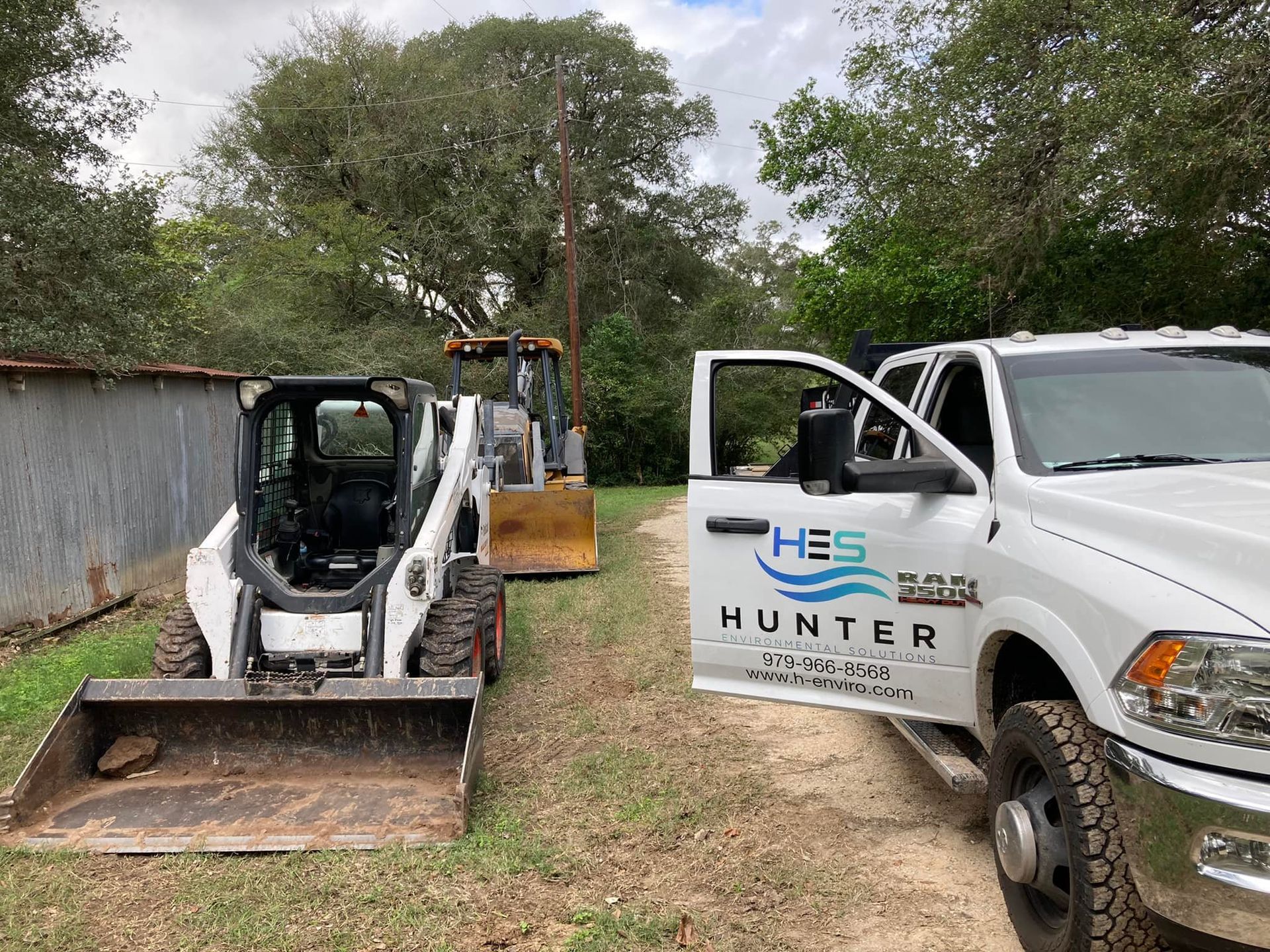


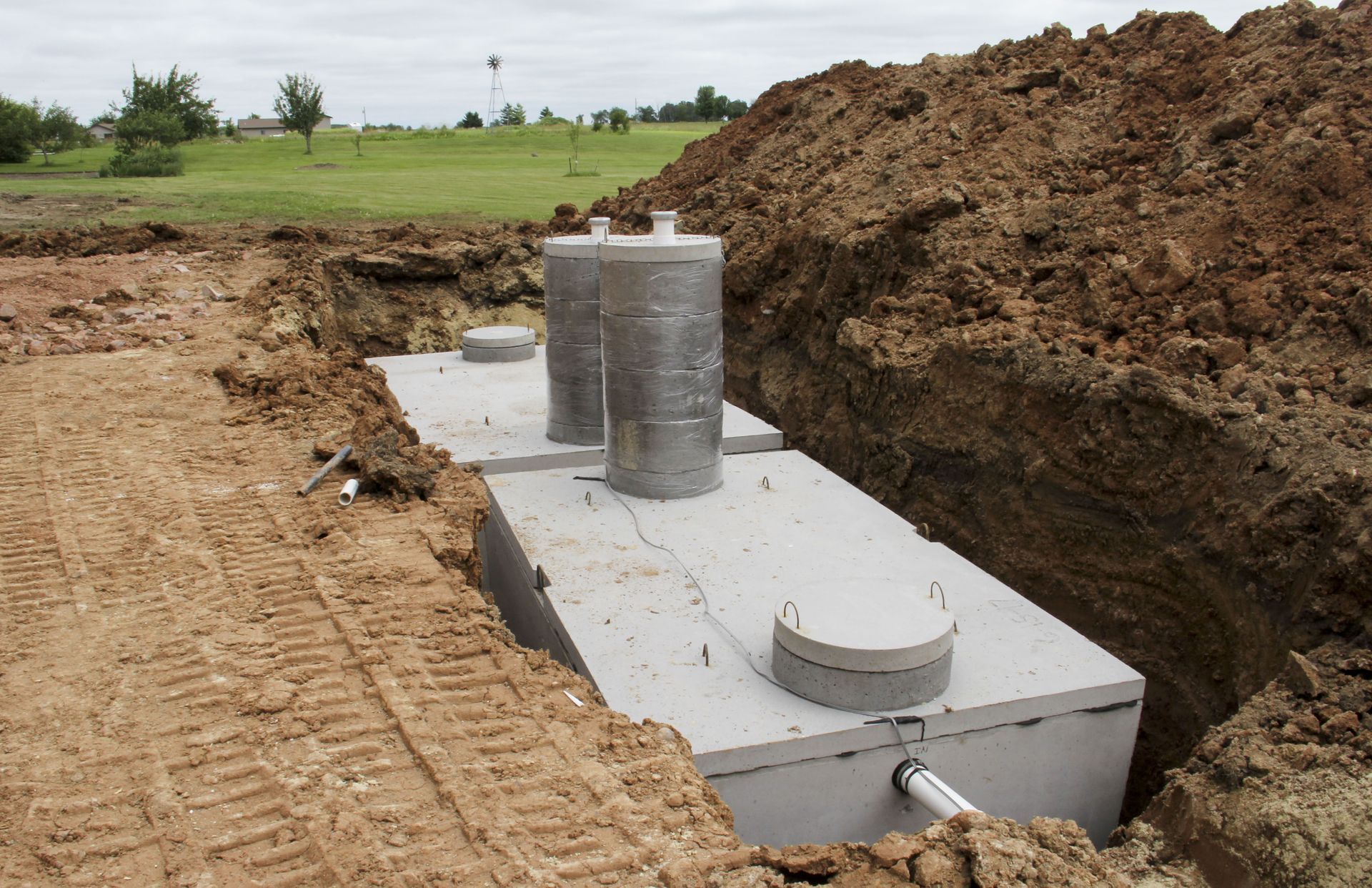
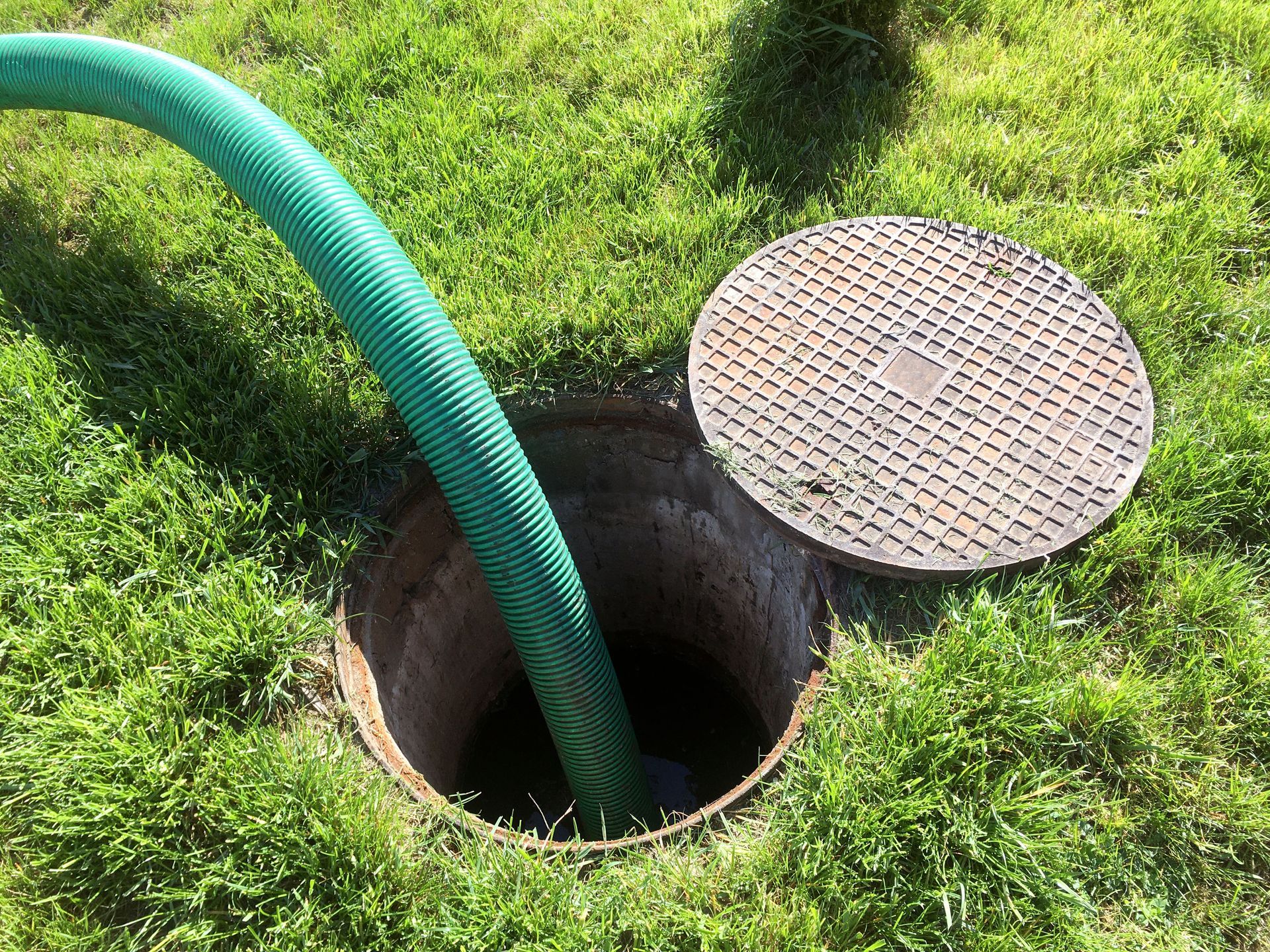
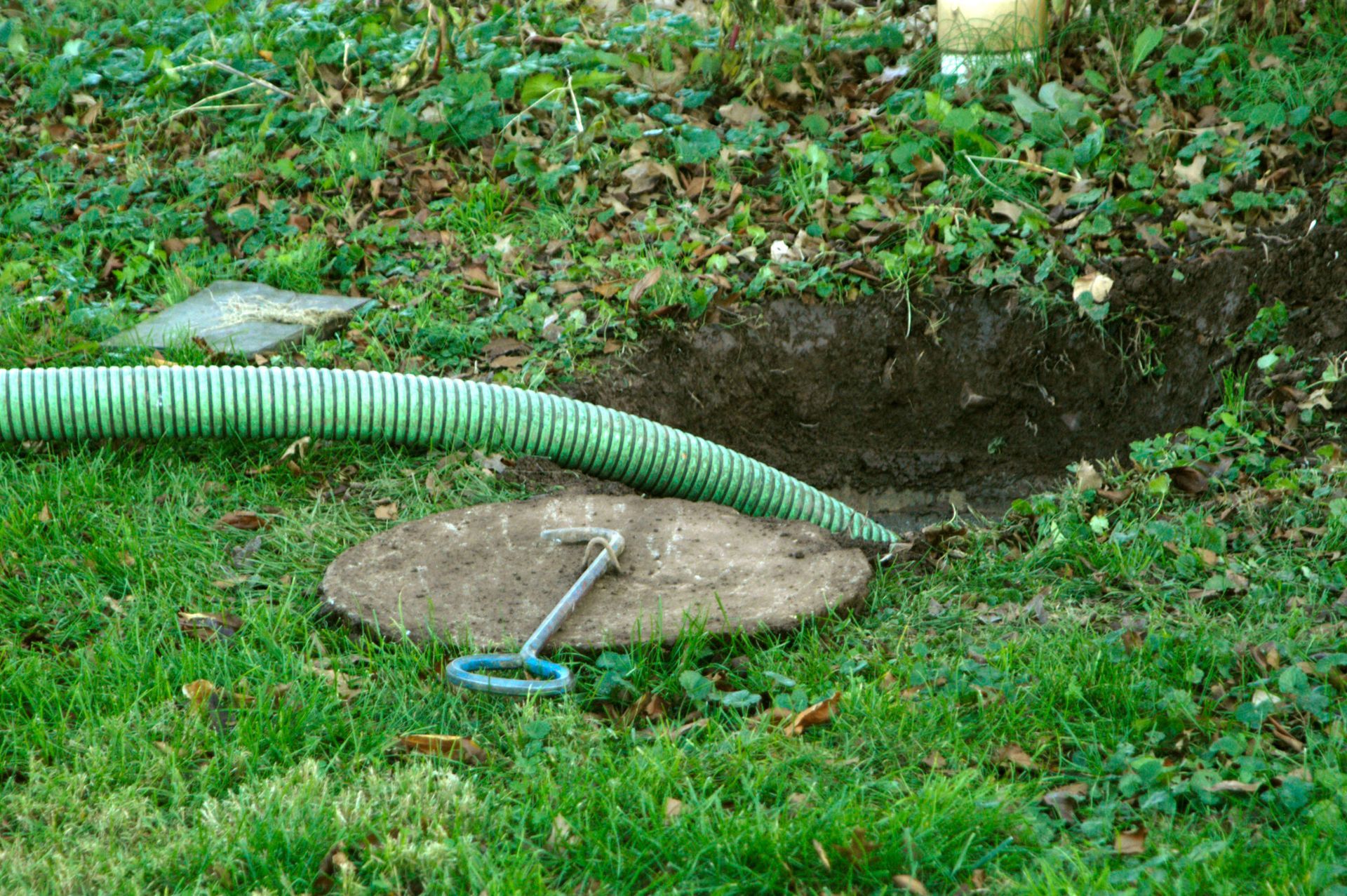
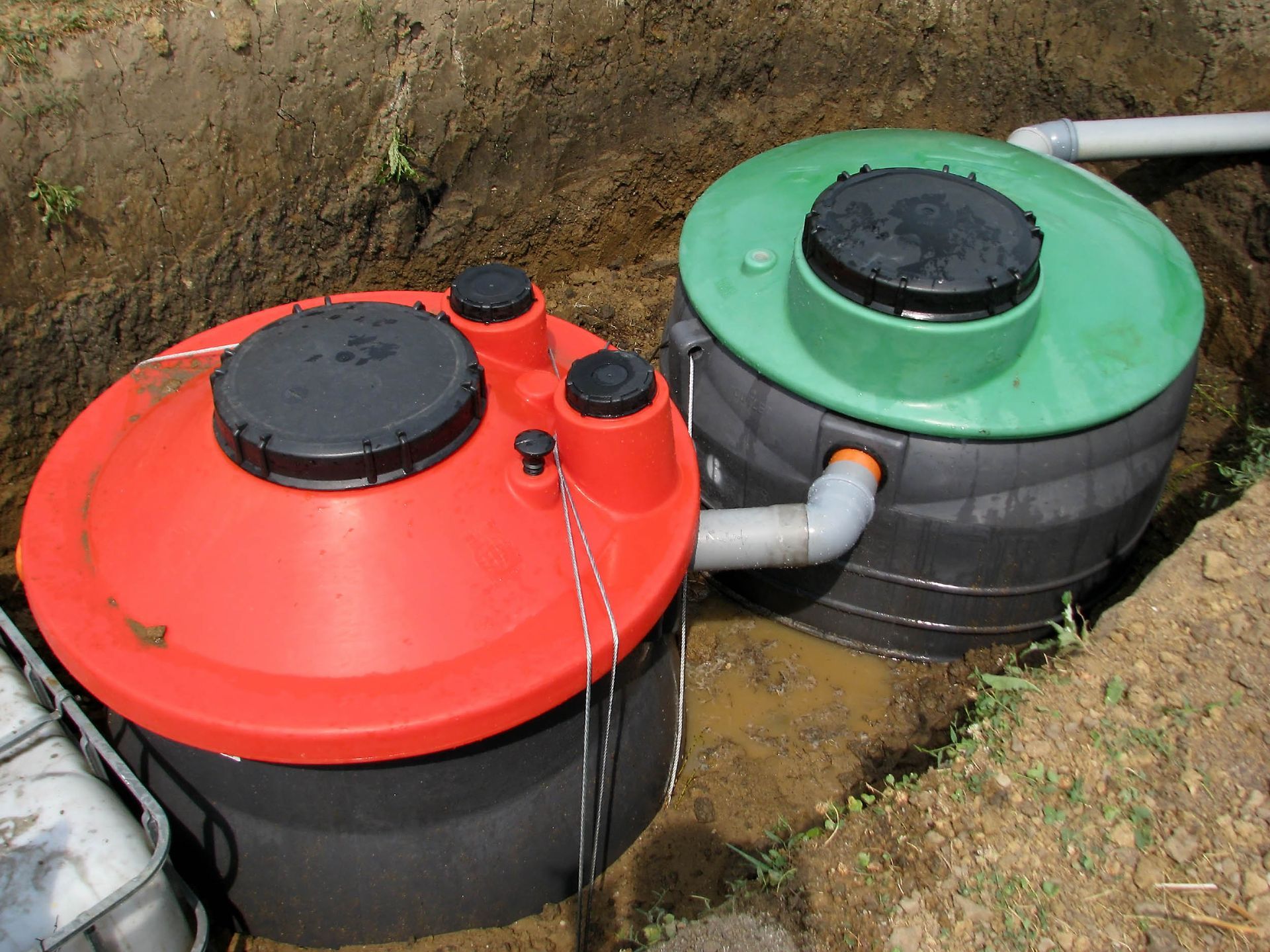
Share On: